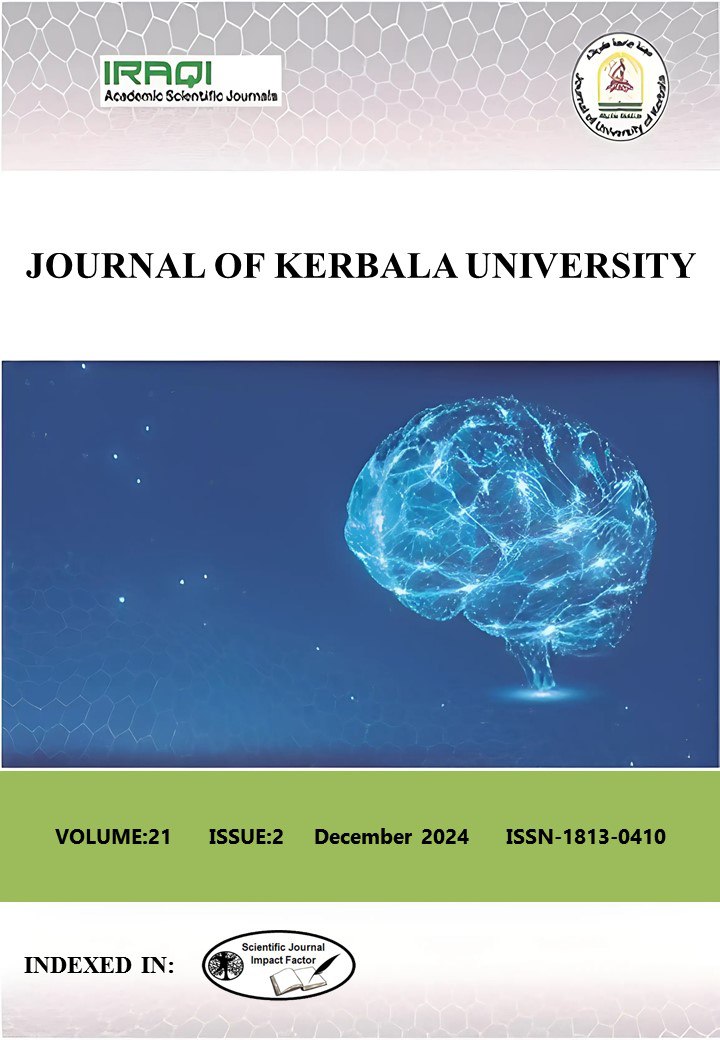Association The relationship between fibrinogen and the development of foot ulcer inflammation in patients with and without type 2 diabetes
Department of Biology, Collage of Science, University of Kerbala, Kerbala, Iraq 2, College of Medicine, University of Karbala, Karbala, Iraq 4,Consultant orthopedic surgeon
الكلمات المفتاحية:
Type 2 diabetic، Fibrinogen، Bacterial culture، Diabetic foot ulcerالملخص
Background: Diabetes-specific consequences include diabetic foot ulcer (DFU). In DFU a variety of bacterial communities have been found to be involved in the prognosis of infection. Fibrinogen is another easy and reliable indicator of inflammation. It has been observed that individuals with diabetic foot illness have higher levels of this protein.
Materials and Methods: In the current cross-sectional investigation, there were 100 samples total of diabetic type 2; 50 of the patients had type 2 diabetes with foot ulcers, while the other 50 did not. To identify the bacterial species, swab specimens were gathered and cultured.
Results: Based on the statistical analysis of this study, as age, and smoking there are a significant difference in most of the characteristics compared between the study populations. However, when comparing diabetic patients with foot ulcers to those without ulcers, the statistical analysis showed a statistically significant increase in fibrinogen levels. According to bacterial kind, gram-negative bacteria accounted for 78% of bacterial growth and gram-positive bacteria for 22%. The bacterial genera Staphylococcus aureus had the highest percentage of isolates from ulcers (34%), followed by Klebsiella pneumonia (28%), and Proteus mirabilis (26%).
Conclusion: There are many factors that increase the risk of developing diabetic foot ulcers and lead to a delay in wound healing and thus to amputation of limbs, which are obesity, smoking, and other diseases such as blood pressure and heart disease. In individuals with DFU, fibrinogen levels may be a useful as a marker for tracking the disease's advancement and determining how severe the condition is.





